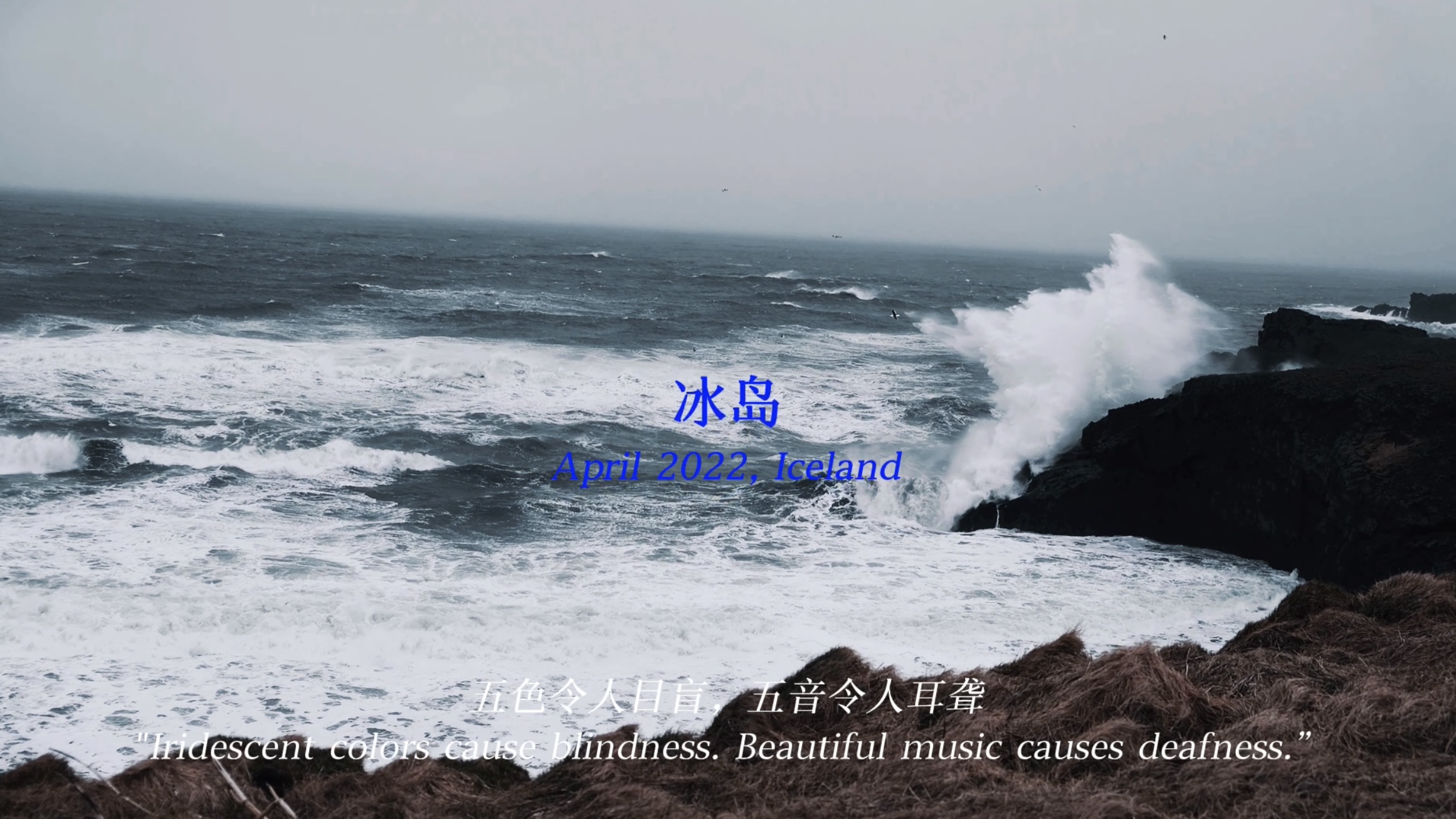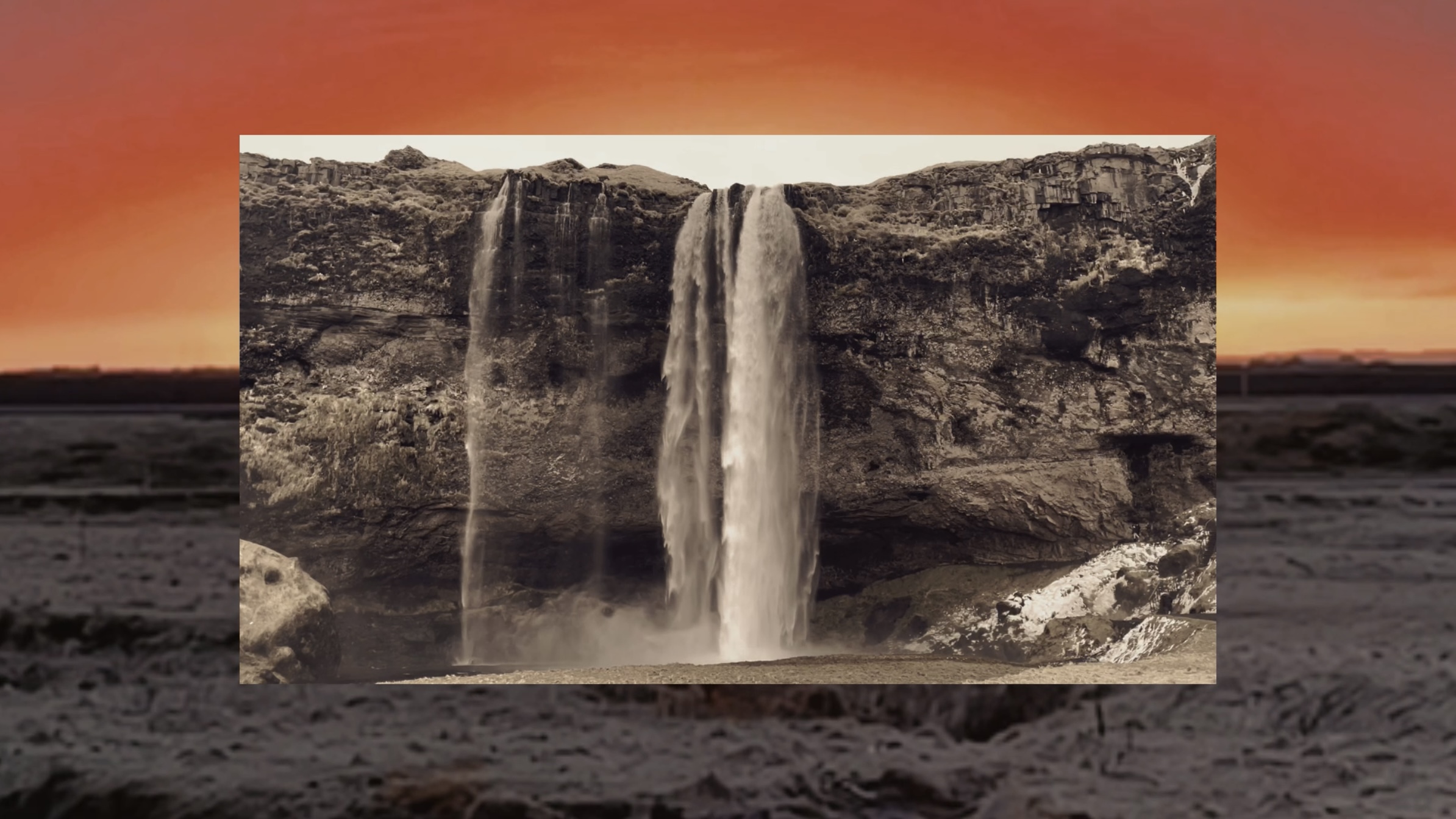Aesthetics of Documentary: Beyond
Reality
My
documentary A Perilous Journey uses Poetic Mode to create a
dynamic rhythm of my trip around Iceland in April 2022, aiming to show how
photography has somehow weakened my memory and logic. This documentary also invites
the viewer to consider the relationship between photography, memory, and fact. I
divide it into two parts, Doubtful Points and Out of Thin Air, using
the jumpy, blurred, and fragmented historical images (e.g. natural landscapes
and human activities) to link a virtual event that emphasizes poetic and
associative qualities. In this process, I give my historical world, or memory, a
kind of formal and aesthetic integrity (Nichol, 2010). This summary will
illustrate how my documentary transforms the notion of “fact”. Firstly, I use
aesthetic techniques to deploy a poetic cinematic experience, thus changing the
language of describing “fact”. Then, the nature of the documentary itself
reflects the change in my editing practice from a one-way narrative to the
creation of an organic dialogue (Patarin-Jossec, 2022; Stoller, 1992). Finally, this change and
the privileged status of documentary - reflecting the truth - make the “deception”
more credible (Landesman, 2008).
Instead of emphasizing
narrative storytelling, my documentary experiments with aesthetic techniques to
create an organic dialogue where the viewer thinks about the relationship
between aesthetics and reality. These techniques create a framework of aesthetic
language that is different from reality and invites the viewer to engage in a
participatory immersion experience (Patarin-Jossec, 2022). Firstly, I open up a
mediated space between fiction and reality with a soundtrack that carries an
atmosphere of danger (Le Roy & Vanderbeeken, 2018). Secondly, I controlled
the pace of the film with freeze frames, rewinding, and slow motion. Here, I
reduce the narration of the sound and picture synchronization in favor of the
main passages of live scenes with sound and picture. Finally, the colors in the
film deploy a visual narrative and cinematic experience, which induces the imagination
of mechanical reproduction techniques and modernity. Overall, in the use of
these techniques, the images represent an anti-utopian but real truth, where
the viewer becomes part of my narrative. In other words, the documentary leaves
the meaning carried by the images of travel to be understood and evaluated by
the viewer.
It is worth emphasizing
that my film, as a poetic documentary, has the privileged status of both “creating
illusion” and “reflecting the reality of the world” (Landesman, 2008). That is
to say, in my fictional aesthetic environment, the shaky handheld camera and
unstructured spontaneous movements naturalize and rationalize the reproduction
of truth, making the “deception” more credible. As a result, the viewer’s
perception of the danger of the Icelandic journey is blurred and distorted as
they engage in dialogue with the film. Although they have the agency to think
and understand, they are forced to walk into the overall aesthetic atmosphere
of this documentary.
In conclusion, due to the
mixture of historical images and aesthetic techniques, my documentary could be
defined to some extent as a hybrid documentary, which is highly subjective and
emphasizes poetic and associative experimental images. Here, truth is made
rather than represented, and “deception” is obscured by the privilege of the
documentary to “make the truth”.
References
Landesman, O. (2008). In and out of this world: digital video and the
aesthetics of realism in the new hybrid documentary. Studies in Documentary
Film, 2(1), 33-45.
Le Roy, F., and Vanderbeeken, R. (2018). The Documentary Real: Thinking
Documentary Aesthetics. Foundations of Science, 23(2), 197-205.
Nichols, B. (2010). Introduction to documentary. Indiana
University Press.
Patarin-Jossec, J. (2022). Aesthetics and the Truthfulness of
Documentary Things: An Experimental Approach to Ethnographic Filmmaking. In K.
Marley (Eds.), The Art of Fact: The Place of Poetics Within Documentary
Filming (pp.1-18). https://tinyurl.com/yr9bphk8
Stoller, P. (1992). Anthropological Poetics - Ivan Brady. American
Anthropologist, 94(2), 508-509.







